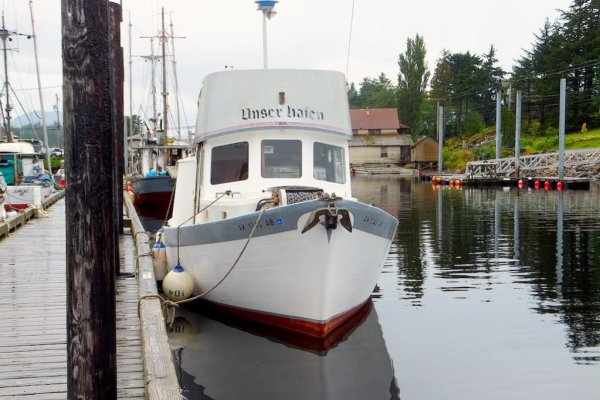Marin wrote;
"Danforth, Claw/Bruce, CQR, you name it. If you don't drag it along the bottom it won't set." And how do you suppose you get your Rocna to set Marin? No anchor sets w/o being pulled along the bottom ... duh
The rollbar anchors don't roll around on the bottom looking for their proper position. No matter how they hit the bottom they are immediately positioned on their side by the anchor's design.
The Rocna (and Sarca and Manson and Bugel) don't have to go anywhere to set. Their first action is to knife down into the bottom. They don't drag along and
then knife down into the bottom. The first pull on the rode pivots them down and blade slices in. They are actually designed to
resist dragging along on the bottom when they are on their sides and that resistance is what makes the pivot action work so well. That's why they are designed the way they are and is why their design is so brilliant.
Why on earth would I want to go to all the effort and expense to modify our boat to carry a big, heavy, clunky anchor like a Forfjord when I can use a modern, efficient, fast-setting, hard-holding anchor that's light enough to pull up by hand if necessary and that for years has been wracking up user testimonials from all over the planet from the Dashews on down stating that it's the best anchor in the widest variety of conditions they've ever used. I'm talking all the rollbar anchors here, not just the Rocna.
Putting a Forfjord on our boat would be like trying to start an airline today with a fleet of DC-3s. They might have been the best thing going in their day but their day is long gone. That's not to say they don't still work, just that their design has been surpassed.
I have only three requirements for an anchor. Set real fast, hold real tight, and be real easy to deploy and retrieve. All the most common anchors in use today will do some of these things. But I'm convinced the only design that does all three consistently well under the widest range of conditions is the rollbar.
If I was restoring an old fishboat to put in a maritime museum I'd put a Forfjord on it for sure. But when it comes to an anchor for a boat I'm going to actually use, I'm going with the smartest design, not the oldest or heaviest or clunkiest one.




